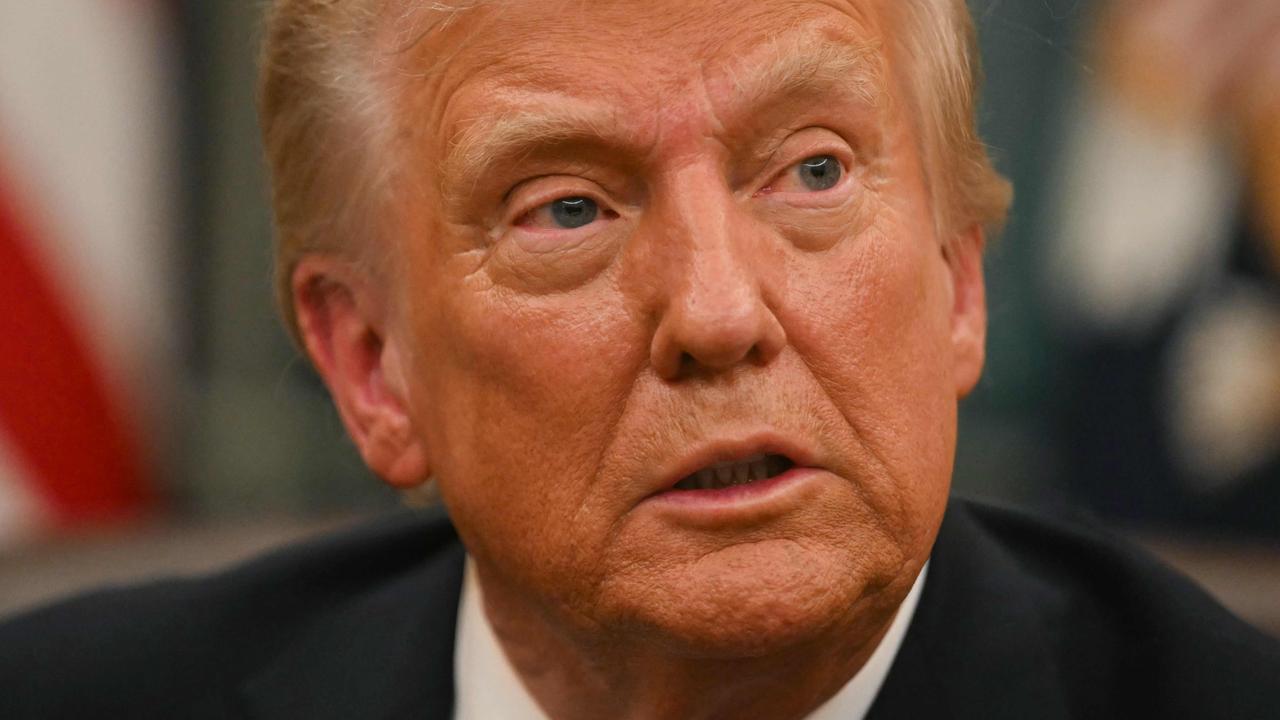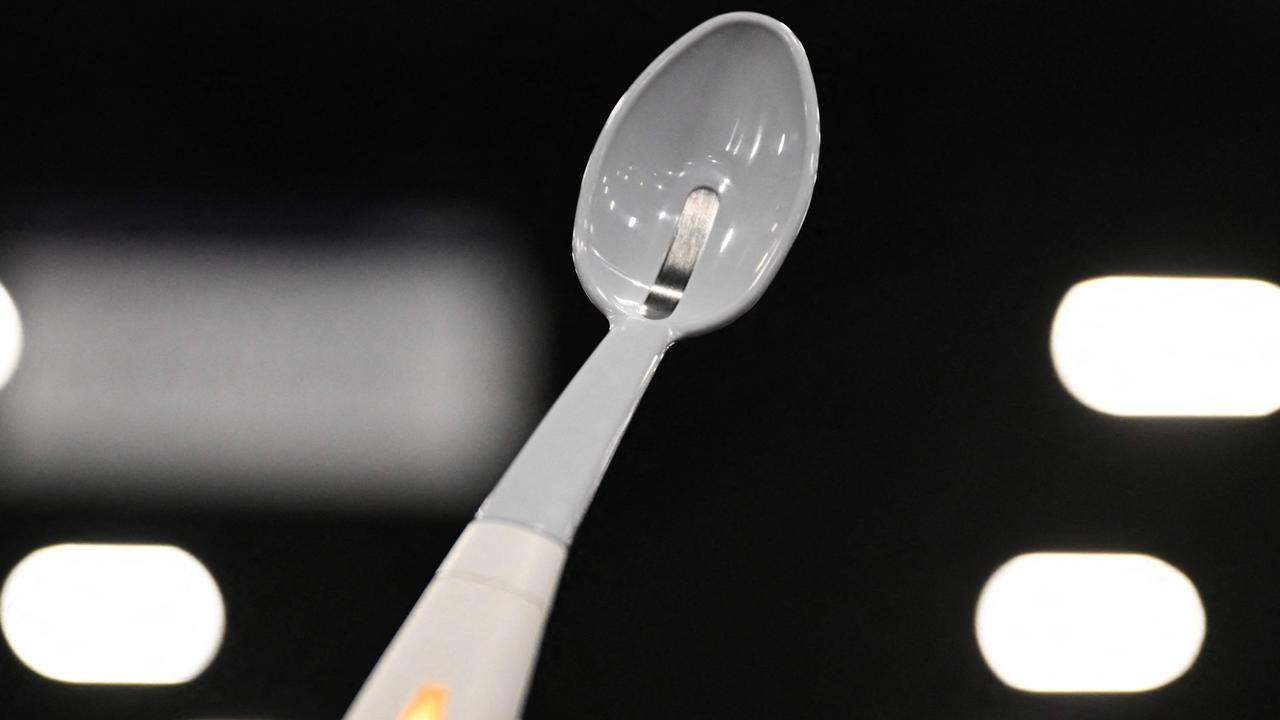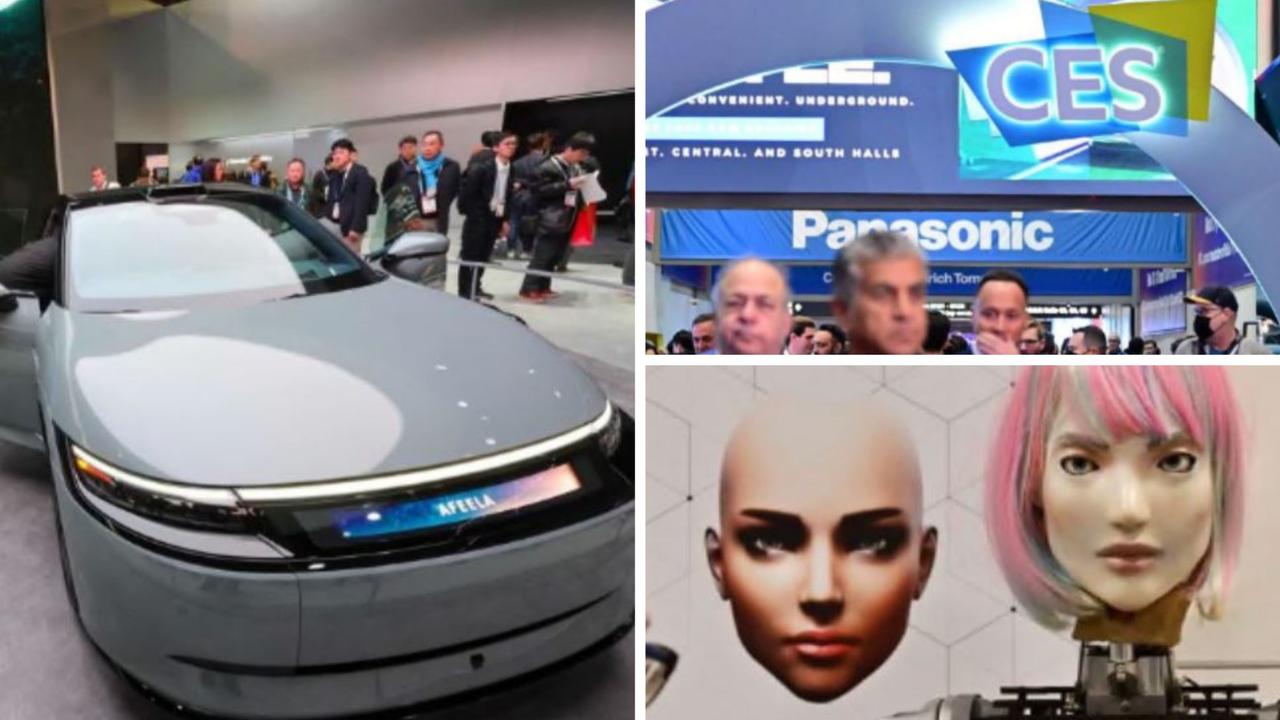Billionaires invest in renewables providing ‘enormous opportunities’ for Australia’s economy
Two of Australia’s richest men have backed an ambitious renewable energy project to create the world’s biggest solar farm.
Plans to harvest solar energy in the Australian desert to supply power to Singapore is one step closer to becoming a reality after an “oversubscribed”capital raising attracted the attention of some of Australia's richest investors.
Co-founder of software success story Atlassian, Mike Cannon-Brookes, and mining magnate Andrew Forrest have both invested in the Northern Territory project through separate companies.
Mr Forrest invested through his Squadron Energy company, while Mr Cannon-Brookes and his wife Annie’s Grok Ventures investment arm, which specialises in backing “world-class teams solving big problems” and investing in “fast growing technology-enabled businesses”, have invested in the Sun Cable project.
The couple’s existing portfolio also includes several other renewable energy projects as well as investments in robotics and space technology companies.
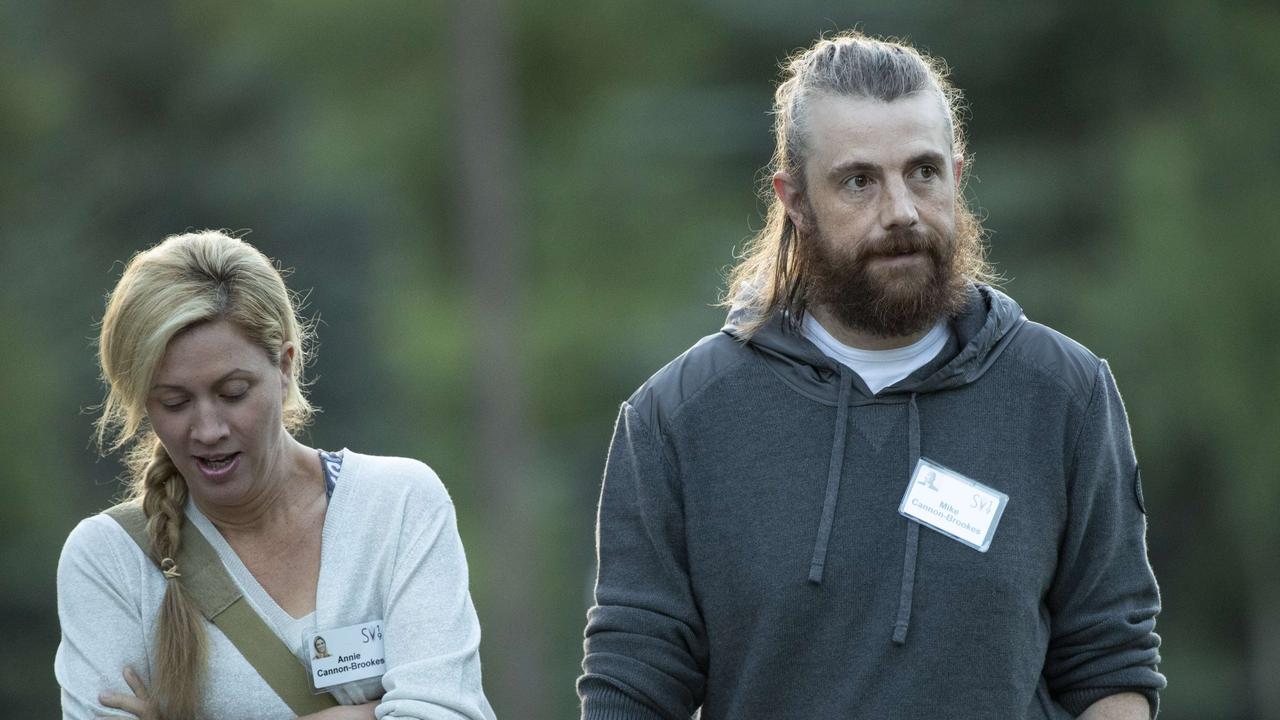
It’s understood the backing from the billionaires, who have a combined net worth of more than $15 billion, is under $50 million at this early stage of the project.
Mr Cannon-Brookes has been a vocal critic of government inaction on renewable energy and climate policy in the past and has said businesses who feel threatened by the idea of climate activism should start thinking about their futures.
“Well, if they’re under threat from action like this, the question is what are they going to do about that?” Mr Cannon-Brookes told news.com.au at a rally held in Sydney as part of the Global Climate Strike, which he attended along with hundreds of Atlassian staff in September. “Sticking their head in the sand is not going to solve the problem. It’s not going to get quieter, so I think they should probably think pretty long term about what they’re going to do.”
Grok Ventures’ website said the private investment company had “long-term focused, patient capital”.
Mr Forrest said renewable energy provided “enormous opportunities” for the nation’s economy.
“Australia has the potential to be at the centre of our region’s transition to clean energy, a serious priority for our country. This presents the Australian economy with enormous opportunities, not just for reducing emissions but also for the economic march of our nation and global competitiveness,” Mr Forrest said.
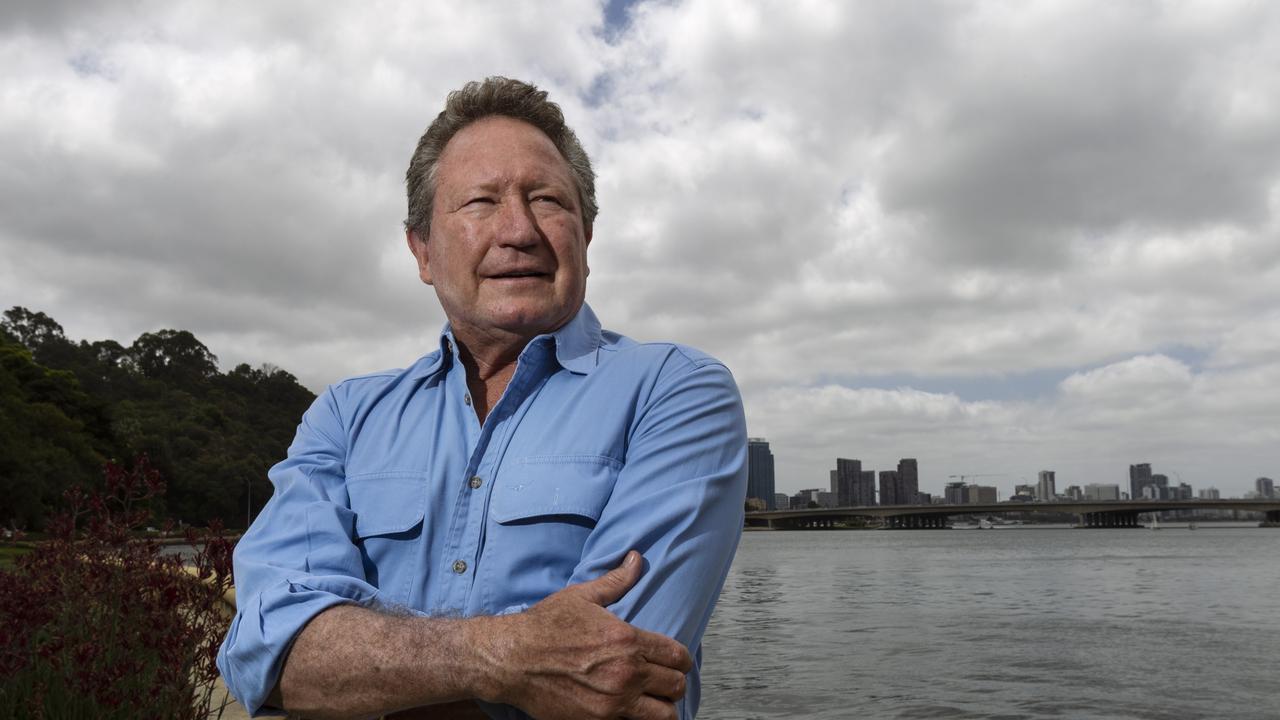
The Sun Cable project hopes to provide roughly one fifth of Singapore’s electricity supply, using 15,000 hectares of solar arrays.
The harvested energy will be stored in batteries at Tennant Creek, and roughly 3800 kilometres of undersea cable will transport it to Singapore.
Elsewhere, the Northern Territory announced it was accepting commercial proposals for a new power plant at Jabiru in the Kakadu National Park, of which at least half the power must come from renewables, pursuant to the NT Government’s 50 per cent renewable energy target by 2030.
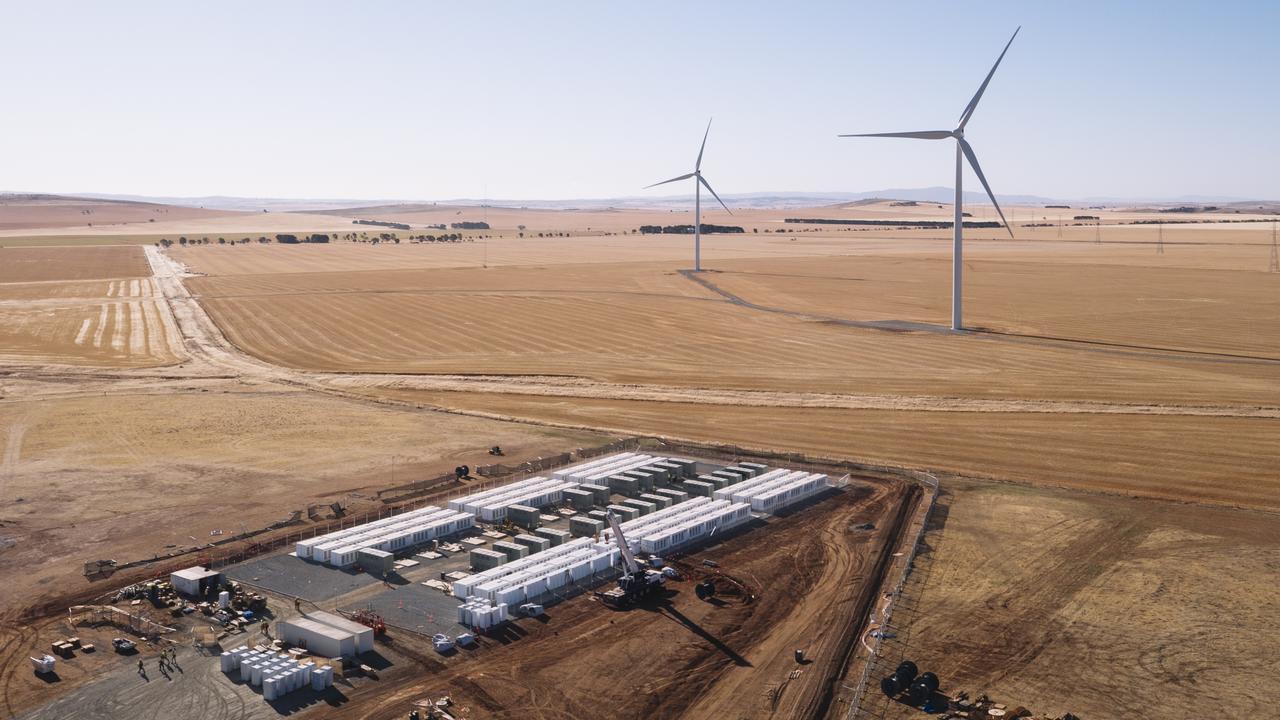
South Australia’s “big battery”, the Hornsdale Power Reserve, has also announced a sizeable upgrade this week, with capacity being increased by 50 per cent.
The battery storage facility is estimated to have saved the state around $50 million in grid stabilisations during its first year of operation alone.
The 50 megawatt expansion is being funded by the partially government-backed Clean Energy Finance Corporation ($50 million), the Australian Renewable Energy Agency ($8 million) and the South Australian Government ($15 million).
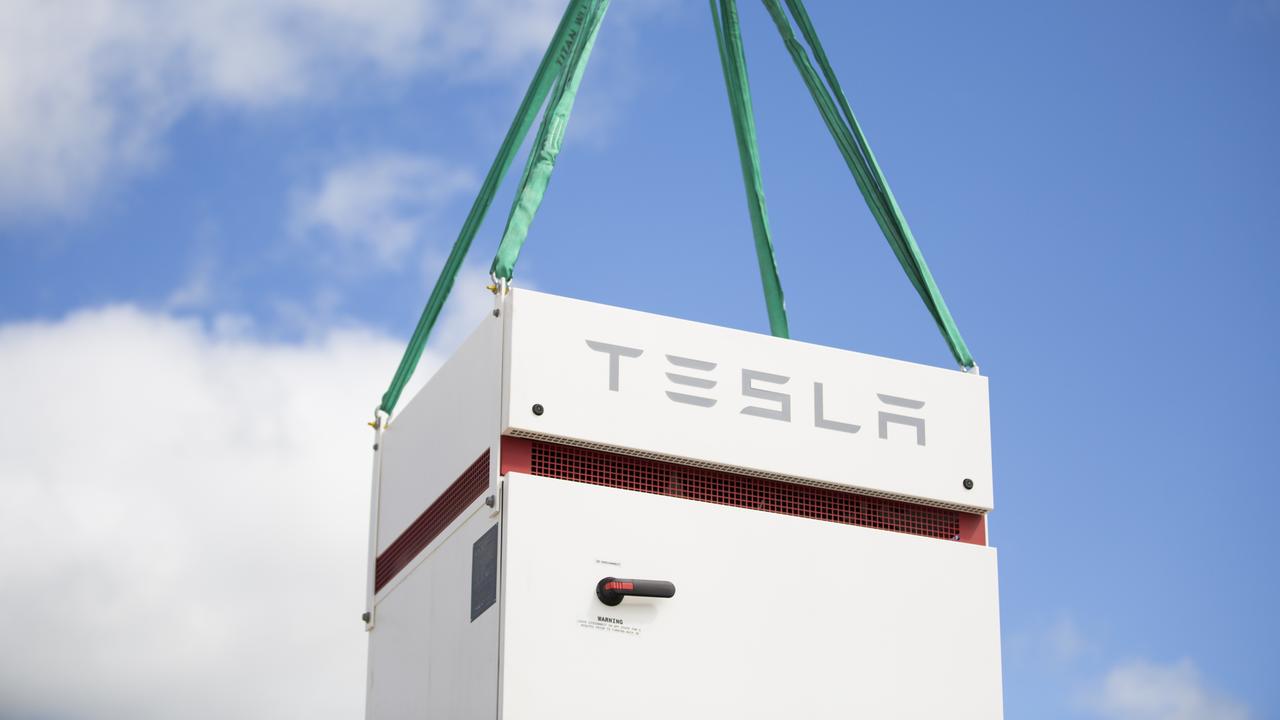
Overseas, another software billionaire has also tipped money into renewables.
Microsoft founder Bill Gates, currently locked in a back-and-forth battle for the title of world’s richest man with Amazon head honcho Jeff Bezos, has backed Heliogen, a start-up developing concentrated solar power.
Unlike traditional arrays, concentrated solar power uses mirrors to magnify the sun’s energy.
Heliogen claims it has developed a new method to use artificial intelligence to increase the amount of sunlight it can reflec, and can now produce extreme heat higher than 1000 degrees Celsius, according to CNN.
That makes it hot enough to be used in industrial manufacturing of things like steel, cement and glass.
Heliogen also plans to invest in battery storage systems as a backup for when the sun isn’t out.

